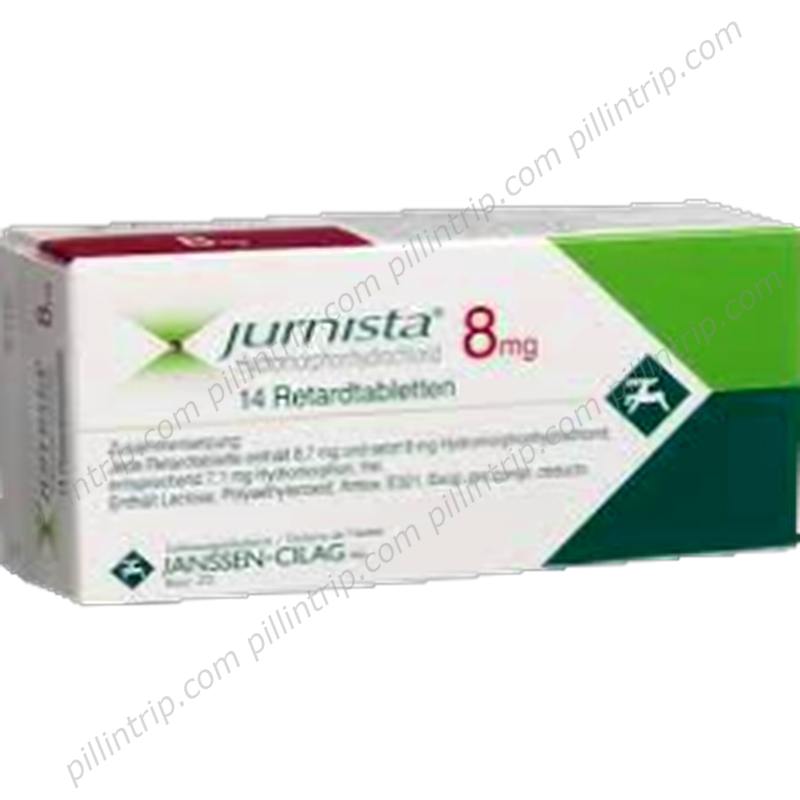Jurnista
Liens rapides vers des sections importantes
Jurnista
Formulaire sélectionné
Medically reviewed
Last updated on 10/9/2025
Cette page fournit des informations générales et de référence, compilées à partir de sources médicales officielles. Elle ne remplace pas un avis médical professionnel, un diagnostic ou un traitement. Pour toute décision concernant votre santé, veuillez consulter un professionnel de santé qualifié.
Dosage et posologie
Effets indésirables
Overdose
Ce que Jurnista traite : utilisations principales et bénéfices
Contre-indications
Interaction avec d'autres médicaments et autres formes d'interaction
Propriétés pharmacodynamiques
Groupe pharmacothérapeutique
Attention! Consultez toujours un médecin ou un pharmacien avant d'utiliser des pilules ou des médicaments.
Équivalent de Jurnista trouvé dans:
 Russia
Russia Mexico
Mexico Colombia
Colombia Cyprus
Cyprus India
India Georgia
Georgia Lebanon
Lebanon Bosnia & Herzegowina
Bosnia & Herzegowina Israel
Israel USA
USA Argentina
Argentina Belgium
Belgium Norway
Norway Thailand
Thailand Indonesia
Indonesia South Korea
South Korea Bulgaria
Bulgaria Malasia
Malasia Finland
Finland Bangladesh
Bangladesh China
China Ukraine
Ukraine Vietnam
Vietnam Spain
Spain United Kingdom
United Kingdom Costa Rica
Costa Rica Tunisia
Tunisia Greece
Greece Sweden
Sweden Macedonia
Macedonia Hong Kong
Hong Kong Japan
Japan Kenya
Kenya Oman
Oman Belize
Belize Poland
Poland Egypt
Egypt Taiwan
Taiwan Austria
Austria France
France Venezuela
Venezuela Malta
Malta Ecuador
Ecuador Netherlands
Netherlands Australia
Australia Chile
Chile Latvia
Latvia Trinidad & Tobago
Trinidad & Tobago Bahrain
Bahrain Peru
Peru New Zealand
New Zealand Slovakia
Slovakia Myanmar
Myanmar Pakistan
Pakistan Croatia (Hrvatska)
Croatia (Hrvatska) Estonia
Estonia Romania
Romania Slovenia
Slovenia
